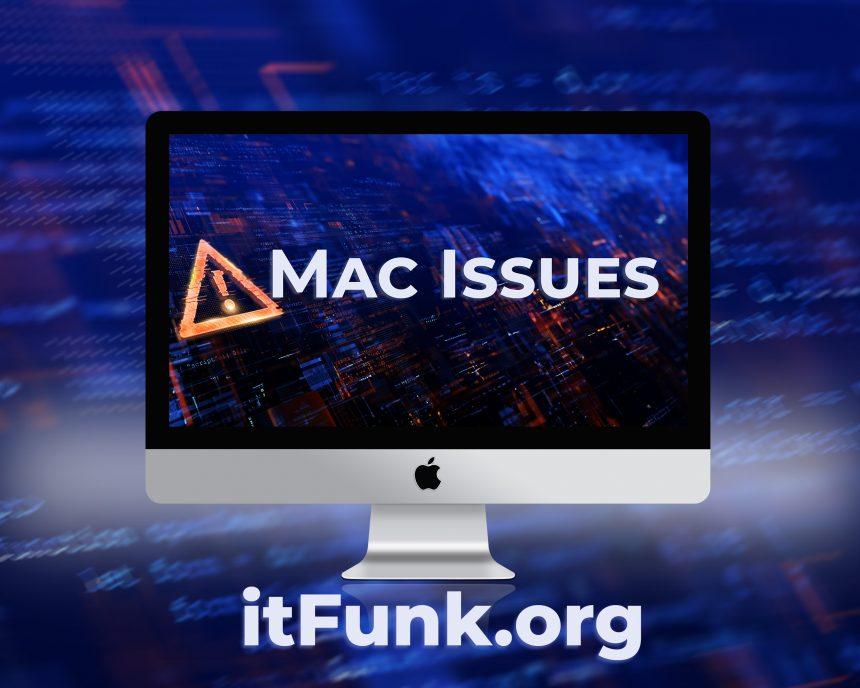In today’s digital landscape, malware continues to evolve, targeting users across various platforms, including macOS. One such threat is Todoswift, a particularly invasive strain of malware designed to compromise Mac systems. If you’re concerned about Todoswift or suspect that your Mac might be infected, this guide provides detailed information on the malware, its impacts, and the steps necessary to remove it effectively.
What is Todoswift?
Todoswift is a type of malware that specifically targets Mac operating systems. Once installed, it can perform a range of harmful actions, often leading to significant security and privacy issues. The malware operates by disguising itself as a legitimate application or software update, tricking users into downloading and installing it. Once active, Todoswift can compromise system security, collect sensitive data, and disrupt normal operations.
Actions and Consequences of Todoswift Malware
1. Data Collection and Theft: Todoswift is designed to gather personal information from infected systems. This can include sensitive data such as login credentials, financial information, and other personal details that could be exploited for malicious purposes.
2. System Performance Degradation: Once installed, Todoswift can slow down your Mac by consuming valuable system resources. This can lead to noticeable lag, reduced performance, and system crashes.
3. Unauthorized Access: Todoswift may open backdoors to your system, allowing remote attackers to gain unauthorized access. This can lead to further compromise of your system and potential data breaches.
4. Potential for Additional Malware: In some cases, Todoswift can serve as a gateway for additional malicious software. Once the initial infection is established, other threats may be downloaded and installed, exacerbating the security risks.
Detection Names and Similar Threats
Todoswift may be detected under various names by different security solutions. Common detection names include:
- Todoswift.A
- Todoswift.B
- Mac.Todoswift
- Todoswift.Mac
Similar threats that exhibit comparable behaviors and impacts include:
- MacKeeper Adware: Known for its aggressive advertising tactics and performance issues.
- Silver Sparrow: A more advanced malware that targets macOS systems with sophisticated techniques.
- Shlayer: A Trojan that spreads via fake software updates and installers.
Removal Guide for Todoswift Malware
If you suspect that your Mac is infected with Todoswift, follow these comprehensive steps to remove the malware and restore your system’s security.
Step 1: Boot into Safe Mode
- Restart your Mac.
- Immediately hold down the Shift key as your Mac boots.
- Release the Shift key when you see the login window. This will start your Mac in Safe Mode, which helps prevent Todoswift from launching.
Step 2: Remove Suspicious Applications
- Open the Applications folder.
- Look for any unfamiliar or suspicious applications that you don’t remember installing.
- Drag any suspected apps to the Trash.
Step 3: Delete Related Files and Folders
- Open Finder and navigate to the Library folder (press Shift + Command + L).
- Look in the Application Support, LaunchAgents, LaunchDaemons, and Preferences folders for files related to Todoswift.
- Delete any files associated with the malware.
Step 4: Clear Browser Extensions
- Open your web browser (Safari, Chrome, or Firefox).
- Go to the extensions or add-ons settings.
- Remove any unfamiliar or suspicious extensions.
Step 5: Run a Full System Scan
To ensure all traces of Todoswift are removed, use a reputable anti-malware tool. SpyHunter is highly recommended for this purpose. Download and install SpyHunter, then perform a full system scan to detect and remove any remaining threats.
Step 6: Update and Secure Your System
- Make sure your macOS is up to date with the latest security patches.
- Review and adjust your security settings to enhance protection against future threats.
Best Practices for Preventing Future Infections
- Be Cautious with Downloads: Only download software from trusted sources and verify the legitimacy of the application before installation.
- Keep Software Updated: Regularly update macOS and all installed applications to patch vulnerabilities that could be exploited by malware.
- Use Reliable Security Software: Install and maintain reputable anti-malware tools like SpyHunter to detect and block threats.
- Enable Firewall Protection: Make sure your Mac’s firewall is enabled to add an extra layer of security.
- Be Wary of Phishing Attempts: Avoid clicking on suspicious links or opening attachments from unknown sources.
Promote SpyHunter for Enhanced Protection
To effectively combat Todoswift and other malware threats, consider using SpyHunter, a robust anti-malware tool designed to offer comprehensive protection and removal capabilities. Download SpyHunter today to perform a free scan and ensure your Mac is secure against existing and future threats.





